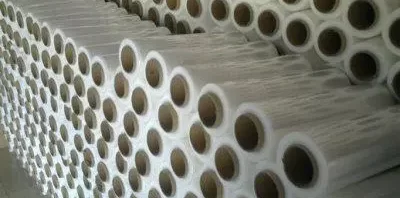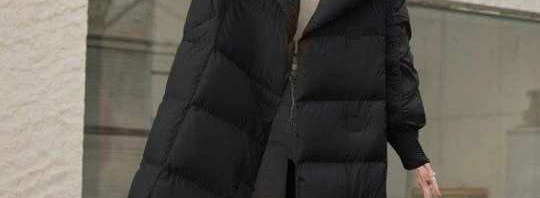Advantages and Disadvantages of Hollow Sheet
Hollow sheet, also known as twinwall polycarbonate or multiwall polycarbonate, is a lightweight and versatile material widely used in construction, packaging, and other industries. It is made by extruding two layers of polycarbonate with hollow structures in between, resulting in a strong yet lightweight product. The unique characteristics of hollow sheet make it suitable for a wide range of applications, but like any material, it has its own set of advantages and disadvantages.
Advantages of Hollow Sheet
1. Lightweight and Durable: One of the primary advantages of hollow sheet is its lightweight nature, making it easy to handle and install. Despite being lightweight, it is remarkably durable and resistant to impact, providing long-lasting performance in various conditions.
2. Excellent Insulation: Hollow sheet offers outstanding thermal insulation properties, making it an ideal choice for applications where temperature control is crucial. Its insulating capabilities help to reduce energy costs and maintain stable internal temperatures, making it suitable for use in greenhouses, skylights, and roofing.
3. Transparency and UV Resistance: Hollow sheet is transparent, allowing natural light to pass through while blocking harmful UV rays. This feature is beneficial in architectural designs, where natural lighting is desired without the negative effects of UV exposure.
4. Easy to Fabricate: Due to its flexibility and ease of fabrication, hollow sheet can be easily cut, bent, and shaped to fit specific requirements. This makes it a versatile material for a wide range of applications, from signage and displays to protective barriers and partitions.
5. Cost-Effective: In comparison to traditional glass or solid polycarbonate, hollow sheet is more cost-effective while offering similar levels of performance. Its lightweight nature also contributes to lower transportation and installation costs, making it an economical choice for many projects.
Disadvantages of Hollow Sheet
1. Susceptible to Scratching: While hollow sheet is durable, it is susceptible to scratching and abrasions, which may affect its transparency and visual appeal. Proper handling and maintenance are essential to preserve its aesthetic qualities.
2. Not Suitable for Load-Bearing Applications: Due to its hollow structure, hollow sheet is not suitable for load-bearing applications or structural support. It is important to consider the intended use and ensure proper support structures are in place when utilizing hollow sheet in construction.
3. Expansion and Contraction: Like many plastic materials, hollow sheet can expand and contract with changes in temperature, which may lead to issues if not accounted for during installation. Proper allowances for expansion must be made to prevent buckling or distortion.
4. Flammability: While polycarbonate itself is a flame-retardant material, hollow sheet may still be susceptible to fire if not properly treated with fire-resistant coatings. It is essential to adhere to fire safety regulations and use appropriate treatments when required.
5. Environmental Impact: The production and disposal of polycarbonate materials, including hollow sheet, can have environmental implications. Proper recycling and waste management practices should be followed to minimize the environmental impact of using hollow sheet.
In conclusion, hollow sheet offers a wide array of advantages, ranging from its lightweight and durable nature to its excellent insulation properties and cost-effectiveness. However, it is essential to consider its limitations, such as susceptibility to scratching, limitations in load-bearing applications, and potential environmental impact, when assessing its suitability for specific projects. By understanding both the advantages and disadvantages, users can make informed decisions regarding the use of hollow sheet in various applications.
.webp)

